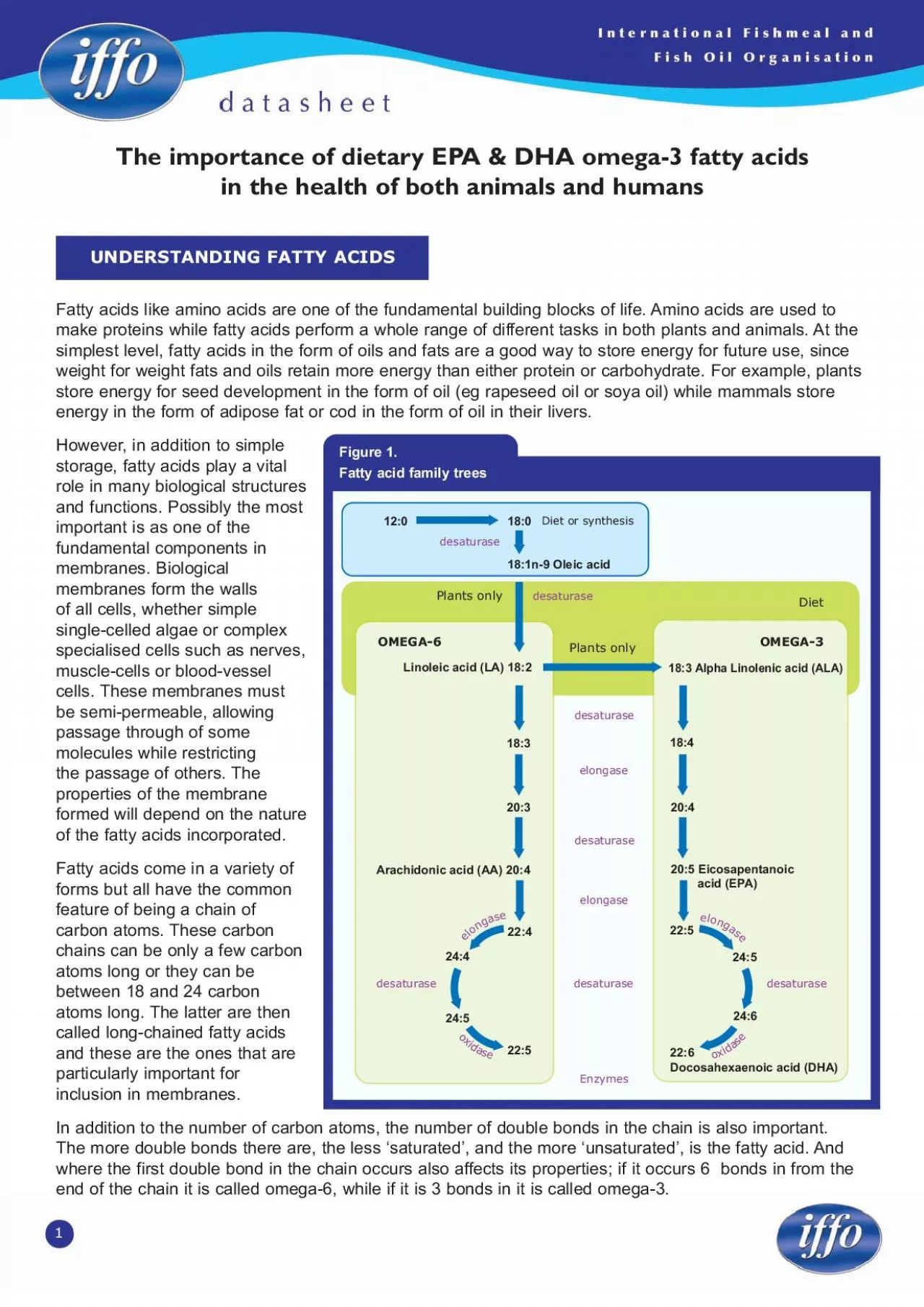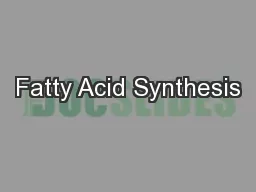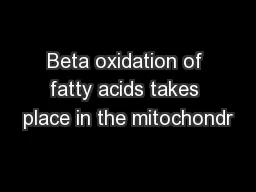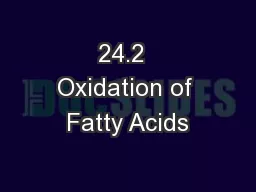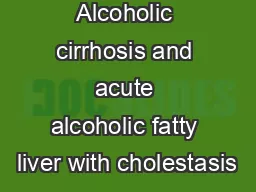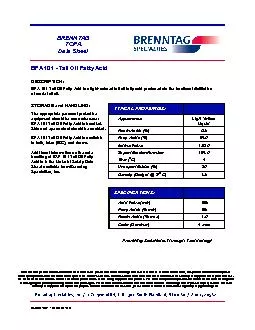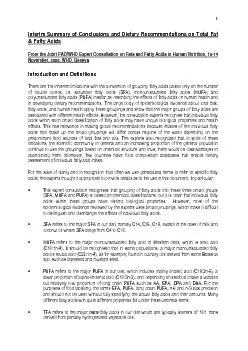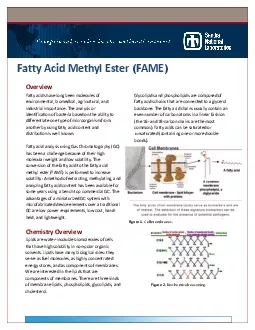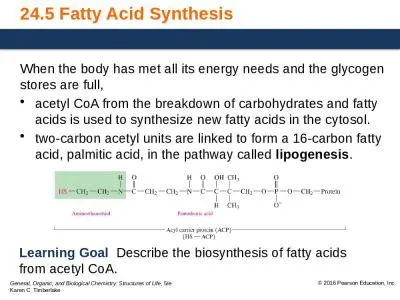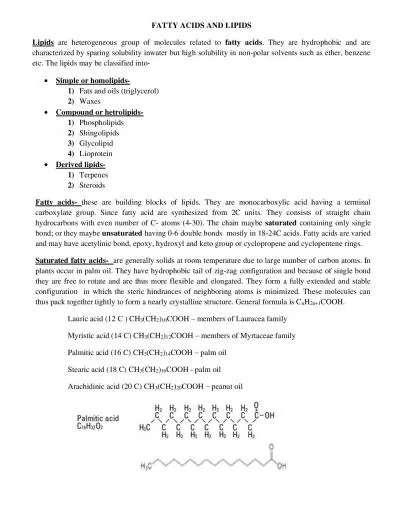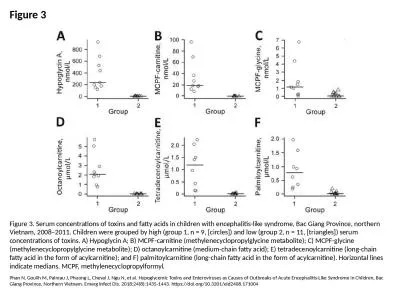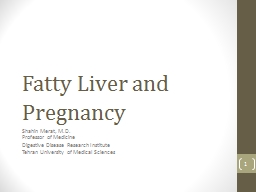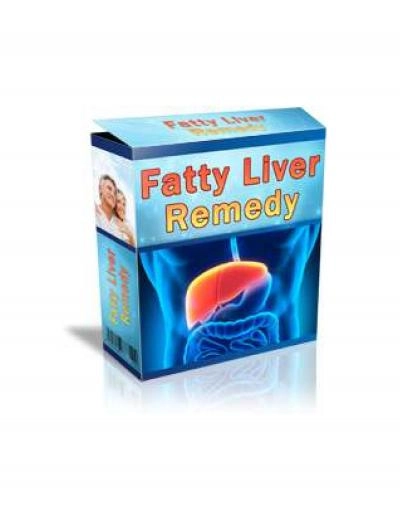PDF-UNDERSTANDING FATTY ACIDS1
Author : jade | Published Date : 2022-09-21
3 The long chain highly unsaturated omega3s EPA DHA are vital for a wide range of biologicalfunctions They are in every cell of the human body where they directly
Presentation Embed Code
Download Presentation
Download Presentation The PPT/PDF document "UNDERSTANDING FATTY ACIDS1" is the property of its rightful owner. Permission is granted to download and print the materials on this website for personal, non-commercial use only, and to display it on your personal computer provided you do not modify the materials and that you retain all copyright notices contained in the materials. By downloading content from our website, you accept the terms of this agreement.
UNDERSTANDING FATTY ACIDS1: Transcript
Download Rules Of Document
"UNDERSTANDING FATTY ACIDS1"The content belongs to its owner. You may download and print it for personal use, without modification, and keep all copyright notices. By downloading, you agree to these terms.
Related Documents

